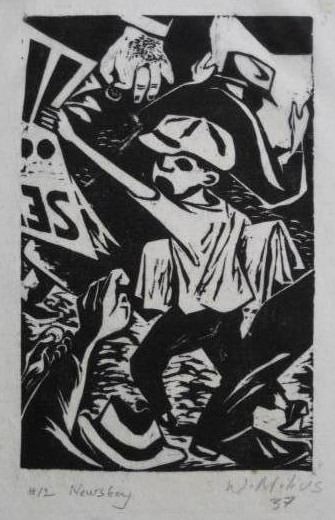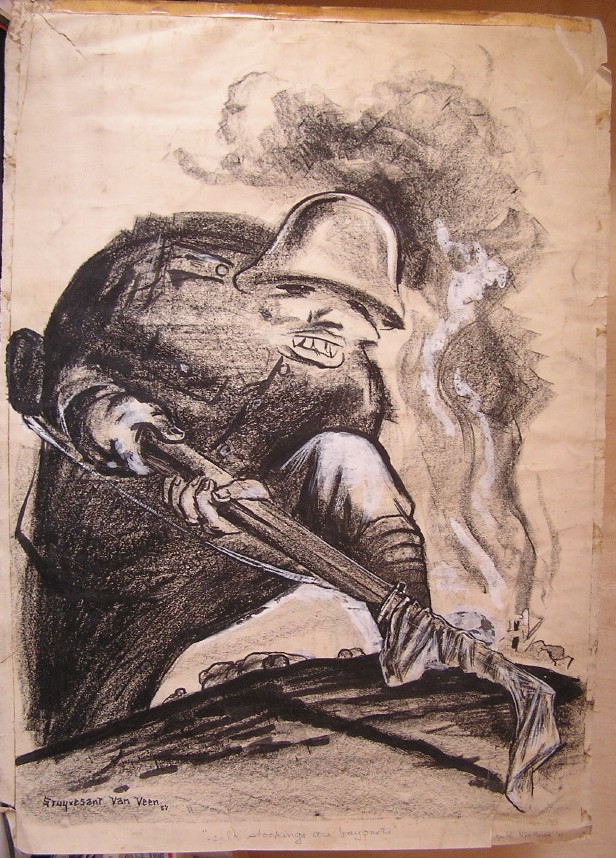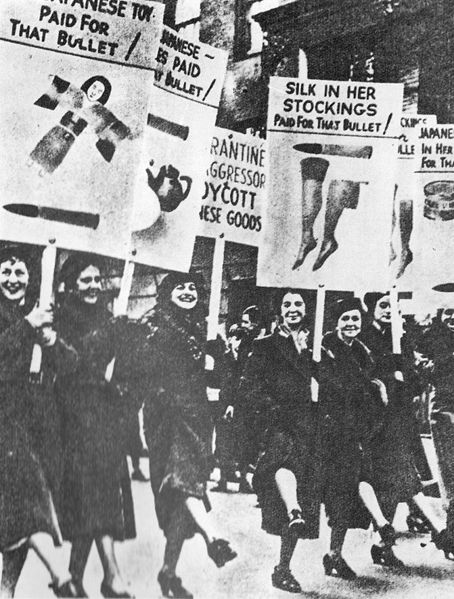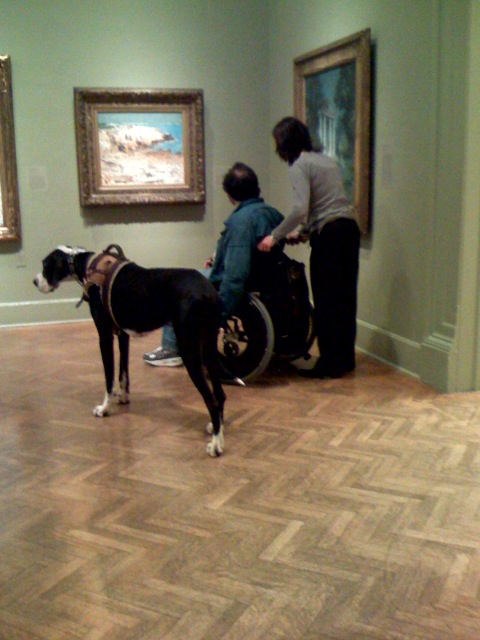Last Saturday I attended a performance of West Side Story at the National Theatre in Washington, DC. This is a new production slated to reach Broadway in February. By no means am I a student of the theater or even much of a maven, so my observations may appear trite or sentimental to a sophisticate. Let me say, in few words: This is a terrific production of a lasting work.
The show is just a few weeks into its tryout period, with the official tryout “opening night” scheduled for next week. I’ve not seen any MSM reviews, and a Google search of news and blogs found only a a few bloggers who’ve posted their reactions (examples are here, here (also describing a fire alarm evacuation at one performance) and here (also describing an unfriendly lyricist in attendance) . The dearth of commentary is somewhat puzzling. Does theater tradition impose a code of silence during the initial tryout period?
Arthur Laurents, one the four giants who birthed West Side Story a half-century ago, is hearty at 90, and for this revival, directs the proceedings after first modestly revising the book he originated. Leonard Bernstein (music) and Jerome Robbins (choreography, original direction) have passed on, while Stephen Sondheim (lyrics) is playing an observer role this go-round (Washington Post gossips spied him taking in a recent performance). In the 1950s, when the show was gestating, Bernstein kept a diary. He called the running account of the show’s progress a “log.” (If he were alive today he’d probably be keeping a joyous blog.) The log is full of insights, including this prediction:
“Obviously this show can’t depend on stars, being about kids; and so it will have to live or die by the success of its collaborations.”
The new production is Laurents’ baby, and he ably serves as trustee of the celebrated WSS collaboration. His interpretation is so respectful of the team’s intentions — and so effective — that I think it will be a bulwark against any future disorderings of the work. There is something tender about this Theatre Work (as Bernstein labeled it) deserving protection against radical re-interpretation by others. I don’t fully know why this is so, or why, in other spheres of creative endeauor, I generally accept the notion that a writer or painter, for example, ought to relinquish control once a novel is published or a painting leaves the studio. The book and painting then belong to the world, and the world may interpret and re-interpret it as it will. But with West Side Story, I’m glad one pair of surviving creator’s hands is reshaping, fine-tuning, the material one last time.
This production proves Laurents to be an ideal custodian of the quartet’s creative intentions. His direction keeps the pace swift, the lines clear, and the beauty transparent. He introduces a select few Pinteresque pauses in the music and/or dialog — caesuras that get you to thinking, why is this happening? If my memory is correct, the first surprising pause comes after the very first three-note rising musical motif (the orchestral “call”) is heard. Silence, instead of the expected immediate three-note “response,” follows. This allows Jet leader Riff to make his presence felt. After the pause the orchestra re-enters with the three-note response. The “why” of this and later gaps — their dramatic purpose — may be fully understood only on repeated experiences of the piece. I think this ought to be accepted in a dense and rich work of art.
Laurents makes a host of other adjustments, successfully in my view. In an effort to balance the Jets vs. Sharks conflict, he augments the size of the latter gang. Notably, he’s had some dialog and lyrics translated into Spanish, bringing authenticity and balancing sympathies, not to mention mercifully masking the icky-poo lyrics of “I Feel Pretty.” (But not everyone is responding well to this bilingualism: check out the chauvinistic and hateful comments posted here.) The Second Act’s “Gee, Officer Krupke” number is usually staged in high school productions, and was done in the 1961 movie, as a way-too-cute, prop-driven, mood-disrupting Vaudeville routine. In contrast, here Laurents’ sure hand makes us believe we’re watching shell-shocked kids who’ve seen for the first time the faces of the dead. For a broader explanation of all the subtle alterations, in Laurents’ own words, see here. For insights from Jamie Bernstein, the composer’s daughter, see here.)
As the composer predicted, this is a show that does not depend on stars, although all of the young principals in the new cast are obviously in love with the piece and acquit themselves well. The performance I saw substituted a standby for Tony (the starring performer had been injured during a performance a few days before, as recounted by this blogger eye-witness); but his good musical voice was no match for the opera-trained Josephina Scaglione, playing Maria. The audience favorite, and deservedly so, was Karen Olivo. She acted and sang Anita with warmth and spirit , and in Act Two, Scene 4 (the Drugstore) literally towered over the Jets.
If this production of West Side Story had one revelation for me it was how much tragedy attaches to a world where the victims are children. The adults on stage are minor figures, caricatures or stock characters. They may just as well be consigned to the wings, like Maria’s father’s voice. I was reminded of the generational divide apparent in the 1950’s fiction of J.D. Salinger (who’s also now 90 years old), or the less anguished neighborhood conjured up in Charles Shultz’ “Peanuts” cartoon (conceived in the 1950s) which, as later animated in TV specials, featured off-screen unintelligable adults whose voices were replaced with the wah-wahhing sound of a muted trombone. In WSS, the juvenile Jets, we learn from their self-defining first sung number, still play in a tree-house/play fort world, hung with a sign saying “Visiters Prohibited!” We know that made-up world will not survive the first act.
The sad, inescapable message of West Side Story — conveyed through deft direction of dance, music, and words — is that once hate enters the heart, only tragedy can follow.
It is a message this now freshly-minted New Year must do better to heed.
Update 1. Another blogger review is found here.
Update 2 (01-09-2009). The MSM reviews are arriving, and are very positive overall. Here’s the Baltimore Sun, DC Examiner, Washington Times, and Washington Post .






